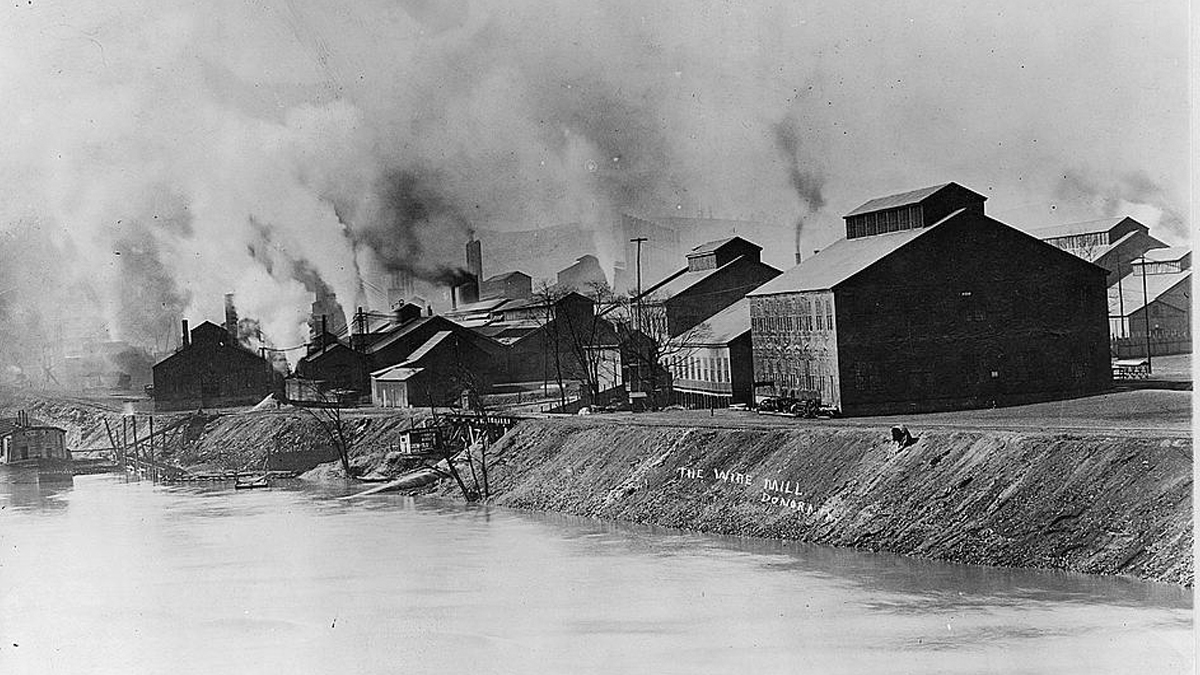feature
Advancing Alloys
Bringing solid mixtures to the high school classroom
The Science Teacher—March 2020 (Volume 87, Issue 7)
By Christina Polcino, Billyjack Jory, Jean Sabety, Laura Grenot Jones, Jared Ashcroft, and Brandon Rodriguez

The manufacture of metal alloys is ubiquitous, yet infrequently discussed in high school coursework as concepts related to them are often too complex or abstract for beginning science students. However, earlier introduction to metallurgy in classroom settings could promote interest in practical applications of chemistry, physics, and geology due to the demonstrable significance of materials in daily use. Elemental metals with low melting points such as bismuth, zinc and tin are melted down, mixed at various percent compositions, and allowed to solidify. The solidified composites are then broken open to examine resulting internal structures. Changes in physical properties of new compositions are observed, analyzed, and discussed.
Experimental results are the basis for a multi-tiered laboratory experiment for high school chemistry or geoscience courses. From introductory, inquiry-based techniques in chemistry to more advanced concepts in petrology, each lab can be tuned to cover a wide spectrum of multi-dimensional science applications.
The manufacture of metal alloys is ubiquitous, yet infrequently discussed in high school coursework as concepts related to them are often too complex or abstract for beginning science students. However, earlier introduction to metallurgy in classroom settings could promote interest in practical applications of chemistry, physics, and geology due to the demonstrable significance of materials in daily use. Elemental metals with low melting points such as bismuth, zinc and tin are melted down, mixed at various percent compositions, and allowed to solidify.
The manufacture of metal alloys is ubiquitous, yet infrequently discussed in high school coursework as concepts related to them are often too complex or abstract for beginning science students. However, earlier introduction to metallurgy in classroom settings could promote interest in practical applications of chemistry, physics, and geology due to the demonstrable significance of materials in daily use. Elemental metals with low melting points such as bismuth, zinc and tin are melted down, mixed at various percent compositions, and allowed to solidify.
Feature
Science in Socio-Scientific Issues
Teaching with a timeline activity
The Science Teacher—March 2020 (Volume 87, Issue 7)
By Jaimie A. Foulk, Patricia J. Friedrichsen, and Troy D. Sadler

Feature
From Surviving to Thriving
Teaching social emotional learning alongside the NGSS
The Science Teacher—March 2020 (Volume 87, Issue 7)
By Anna Bahnson, Jesse Wilcox, Jerrid Kruse, and Timothy Schou

Focus on Physics
Being Unique or Being Identical
The Science Teacher—March 2020 (Volume 87, Issue 7)
By Paul G. Hewitt
Reflecting on this week’s Daily Do
By Korei Martin
Posted on 2020-04-18
Right to the Source
The Origin of Federal Air Pollution Policy
Current Science Classroom
Pandemics
Commentary
Transgender Perspectives in the Biology Classroom
The Science Teacher—March 2020 (Volume 87, Issue 7)
By Elizabeth Hobbs
Informal Education | Daily Do
Why Is Our Fruit Turning Brown?






